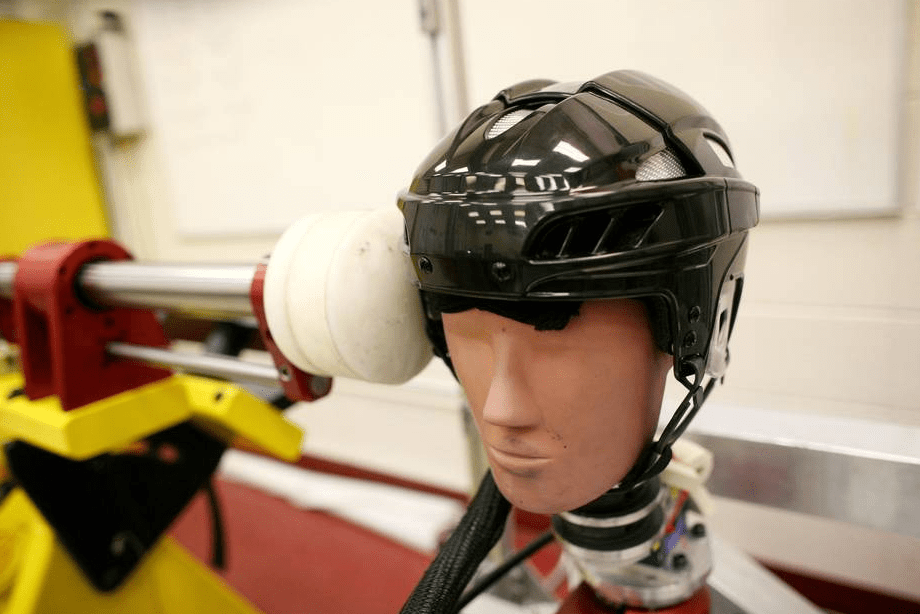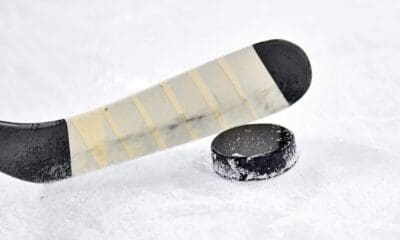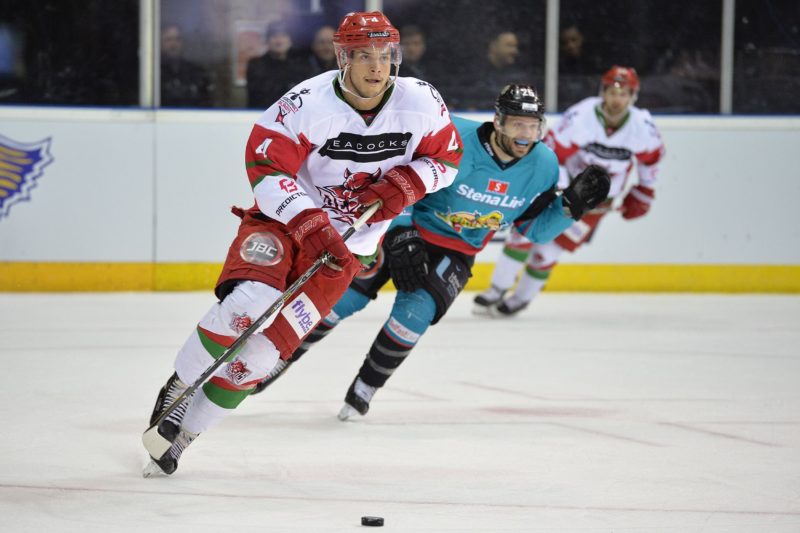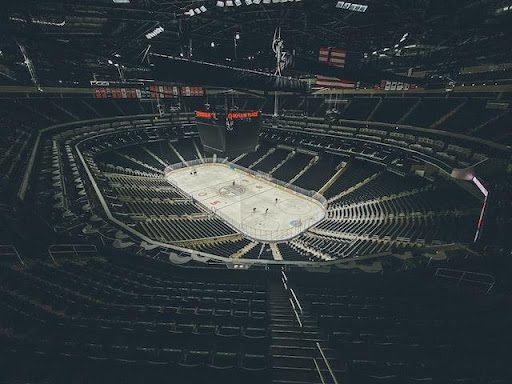
Hockey Equipment Certification Council (HECC) Guidelines require a quality hockey helmet to withstand blows with the force of 300G. This is an essential prerequisite to save a player from head and brain injury or worse, from skull fracture, when a puck hits his head.
However, not all hockey helmets stood the endurance tests. Although most of them will break the blow when the puck hits, but this will not always be enough. Anyway, it is better to be in your helmet on the ice than lie on the sofa after an injury, where, at best, you can play your favorite game and casinos not on gamstop online on the internet.
Studies reveal best manufacturers
For many years, Virginia Tech company tested hockey helmets produced by various manufacturers using a unique American football system for safety testing, which was also later adapted for hockey helmets.
The main selection criterion was the helmets’ reliability and robustness. Researches used average statistical data on how many blows a player receives during one game. For this purpose, players of various professional layers were tested – from amateurs, juniors to professional team. It turned out that during one season a hockey player receives, on average, as many as 227 blows.
STAR testing method is based on a double testing with three energy levels and four points of impact. In a
laboratory setting, helmets produced by various firms underwent 48 blows, whose force was equal to the
blows hockey players receive on ice during the game.
Shocking results
Among 32 tested hockey helmets, only one – Warrior Krown 360 – demonstrated a satisfactory result in
protecting the head from concussion. No one model by no one manufacturer received 5 or 4 stars.
Helmets started to be improved, and soon, CSA helmet became a leader; its blow force indicator was 275G.
This is a reliable protector from injuries and concussion. But over a quarter of all helmets worn by hockey players in professional and youth leagues, are dangerous for the players. Yet previously, HECC and CSA certified them as safe.
Reliability leaders
5 stars were awarded to CCM FL500 helmet.
4 stars went to Bauer RE-AKT 200.
3 stars went to Warrior Krown 360, Bauer RE-AKT 75™ and WARRIOR COVERT PX+ SR.
All groups have unique constructions providing for the perimeter head protection in combination of three types of foam and having a suspended-type fastener.
2 stars and worse
Seemingly comfortable, light, and ventilated helmets of CCM Resistance 300, CCM Resistance 100, CCM
V08 models made of impact-resistant plastic could not collect even 3 stars. Even the well-loved brands
Bauer 7500, Bauer 5100, Bauer 2100 also turned out to be dangerous during the game. A lot of questions
remain to the manufacturers of Reebok 4k, Reebok 11k – helmets with unique aerodynamic design. Helmets made of impact-resistant polycarbonate – Easton E300, Easton E700 – did not manage to reach the “satisfactory” grade.
Only 1 star was awarded to Mission M15, Mission Inhale helmets with plastic outer coat. They turned out to be unable to protect a player’s head from concussions. The following helmets also were put into group of unreliable ones: Bauer IMS 9.0, Bauer RE-AKT 100, Bauer IMS 11.0, Bauer 9900, Bauer 3500; CMM
Resistance, CCM Resistance 110; Reebok 7k, Easton E600, Warrior Krown PX 3.
Not recommended
Specialists advise not to purchase the following models:
Easton E400;
Reebok 5k, 8k, 3k;
Warrior Covert PX2;
CCM FL 40, CCM V04, CCM FL60, CCM FL80;
Bauer IMS 7.0, 5.0.
Expensive does not mean good
There is no correlation between a helmet’s price and its reliability. So, Bauer 2100 is an unexpensive
accessory, but is extra-reliable, especially if compared with more costly helmets, like Bauer RE-Akt 100 and CCM Resistance, which are unable to prevent a player’s injury on the ice.
Safety standards for helmets are simple; they are indicated in the user manuals. However, when buying one, you should pay attention to its characteristics, in particular, how much does it cushion the blows on the ice and whether it will be able to prevent a serious head injury in case a puck hits it.










